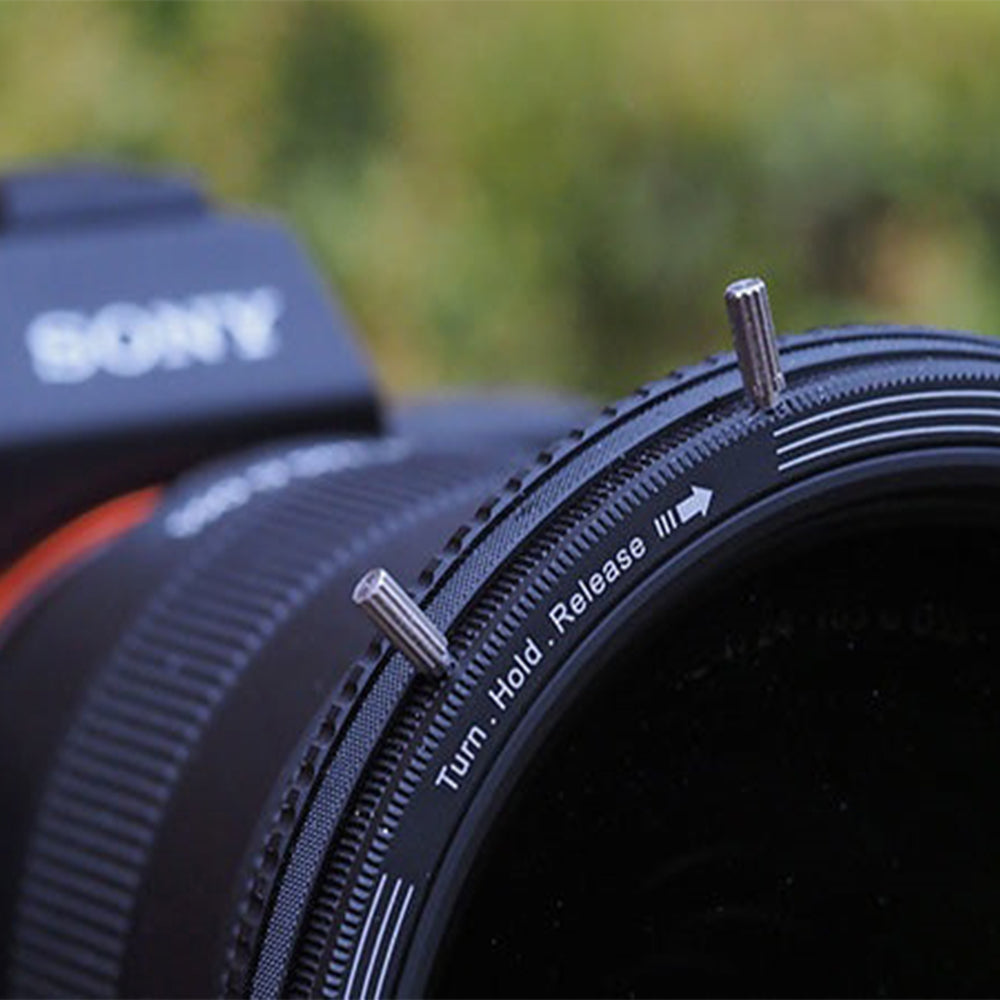H&Y Revoring with Circular Polariser and Variable ND filter review By

H&Y Revoring with Circular Polariser and Variable ND filter review By Digital Camera World
This is different! The H&Y Revoring with Circular Polariser and Variable ND filter is a one-size-fits all two-in-one filter
There are two sides to this Revoring system, and the H&Y Revoring with Circular Polariser and Variable ND filter is just one of them.There’s also the Revoring itself, which has a unique spring-loaded attachment mechanism that can adapt to a range of filter sizes (ours is for 67-82mm filter threads), and is essentially a multi-size step-up ring to attach one filter size (82mm, 67mm or 55mm – there will initially be three Revoring models) to a whole range of lenses.
But H&Y has also made this version, which incorporates both a polarising filter and a variable ND (neutral density) filter in a single dual-action device, which is a pretty unique idea in itself.

(Image credit: Rod Lawton/Digital Camera World)
SPECIFICATIONS
Filter sizes: 67-82mm, 46-62mm, 37-49mmPolariser: 99.9% efficiency
Variable ND: 3-1000 (1.5 to 10 stops)
The H&Y Revoring comes in three sizes to fit different filter size ranges. We used the largest 67-82mm size which fits any filter thread in that range. There is also a 67mm version (filter threads from 46-62mm) and a smaller 52mm version (filter threads from 37-49mm).
In each case, you can get the Revoring on its own, and use it as a multi-size step-up ring for different lenses, or the Revoring polariser + variable ND filter.
The regular Revoring is ideal if you want to use a single circular filter across a range of lens sizes. For example, you could use 82mm circular filters on lenses with filter sizes from 67-82mm (which covers many DSLR and mirrorless lenses). You can do this with step-up rings, of course, but the difference here is that you only need one Revoring – you don’t have to get multiple step-up rings. These might be quite cheap to buy, but they’re also quite easy to lose and there’s extra faff in finding the right one for each lens.
The Revoring with polariser and variable ND filters is a different proposition. It combines two polarizing filters (we presume) to offer both a regular polarizing effect and a variable ND filter. The two polarizing elements can be contra-rotated to product the variable ND effect – in fact this is how variable ND filters work in general. What’s different about the Revoring approach is that you can use the ‘back’ filter element independently as a polarizing filter with the option of turning the ‘front’ filter to add the variable ND effect.

(Image credit: Rod Lawton/Digital Camera World)
What you have to remember is that the polarising effect is always present, so you probably do need to pay some attention to the rear polariser position even if you only want the variable ND effect.
This is quick enough to do, but the need to check the polariser angle is something you don’t have with a regular variable ND filter.
You also need to check the strength of the variable ND adjustment doesn’t produce the dreaded x-shaped crossfade pattern that’s a feature of variable ND filters.
Without the polariser, our seaside landscape looks pretty flat and dull.
(Image credit: Rod Lawton/Digital Camera World)
With the polarising filter, the colors are stronger and the sky is much deeper and bluer – we can even see a small crescent-shaped cloud at the top that was hardly visible before.

(Image credit: Rod Lawton/Digital Camera World)
If you turn up the variable ND setting too high at shorter focal lengths, you will start to see an x-shaped 'crossfade' pattern. This is a feature of variable ND filters, not a fault with this one.
(Image credit: Rod Lawton/Digital Camera World)
Recent Posts
01 Apr 2024
|
09:56
28 Mar 2024
|
10:19
11 Mar 2024
|
11:29
04 Mar 2024
|
11:28





BY : H&YFilter